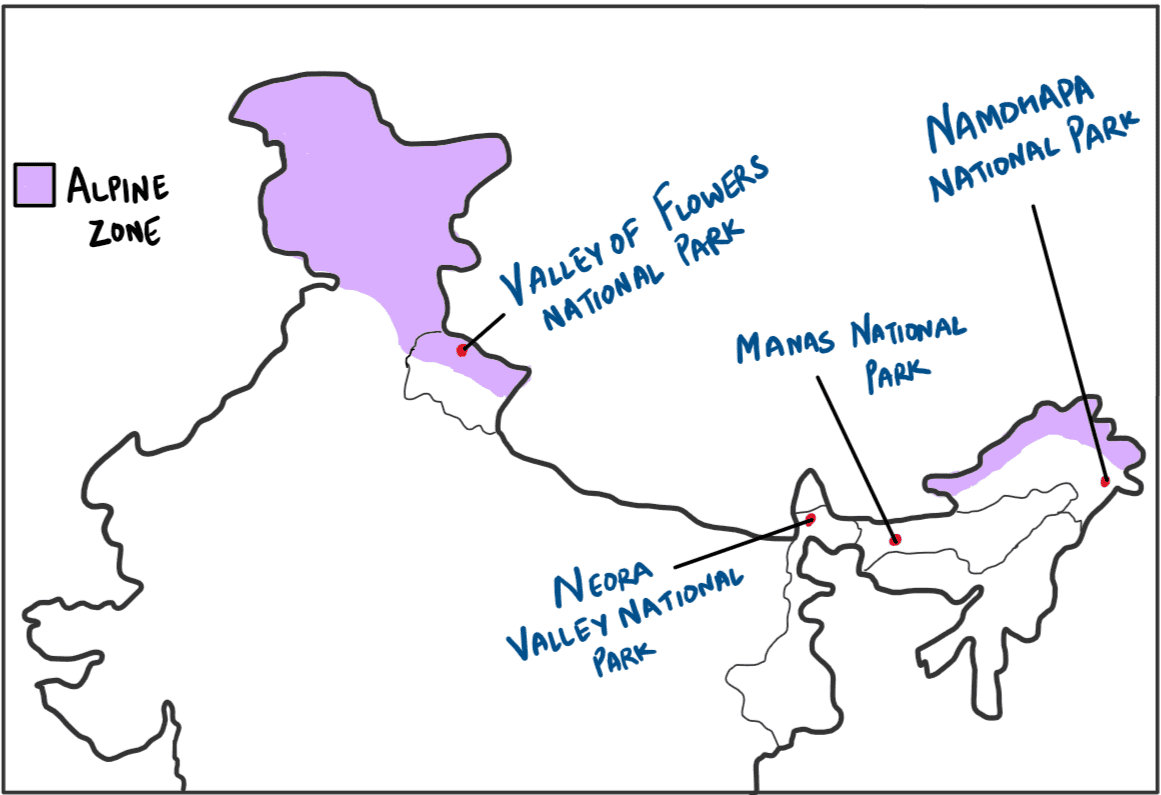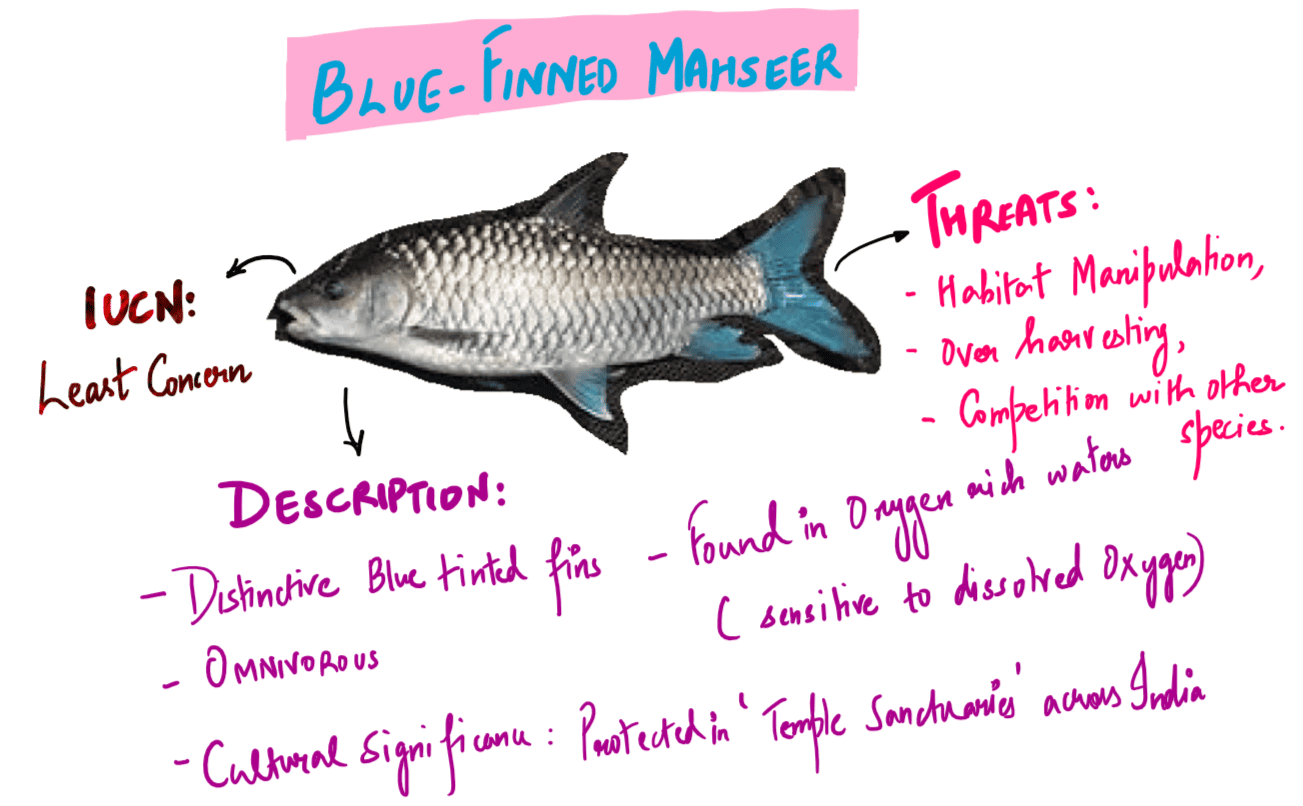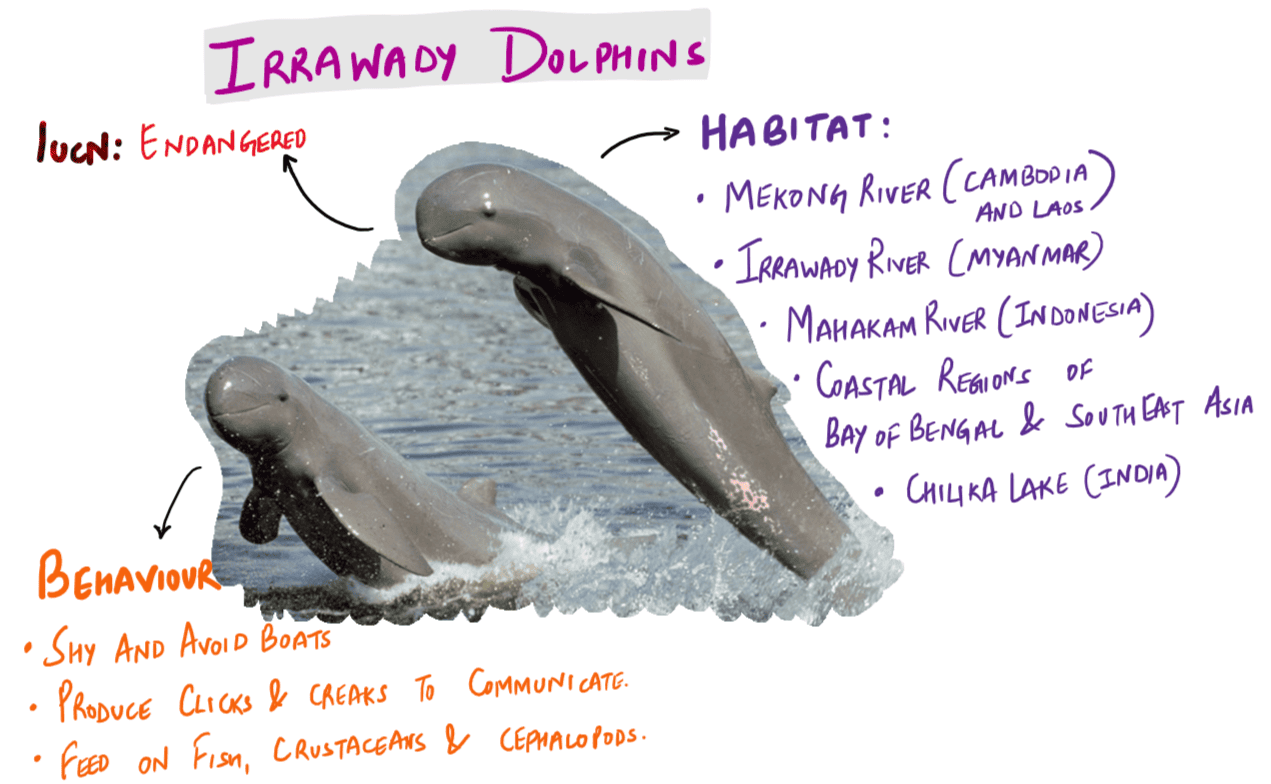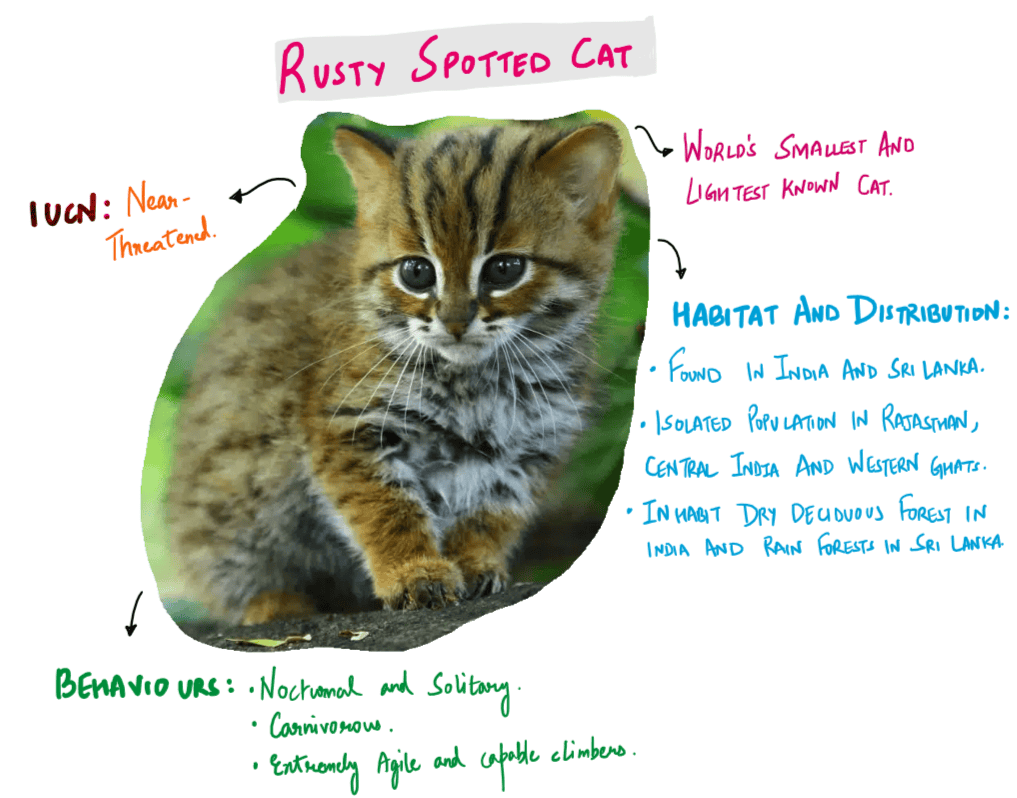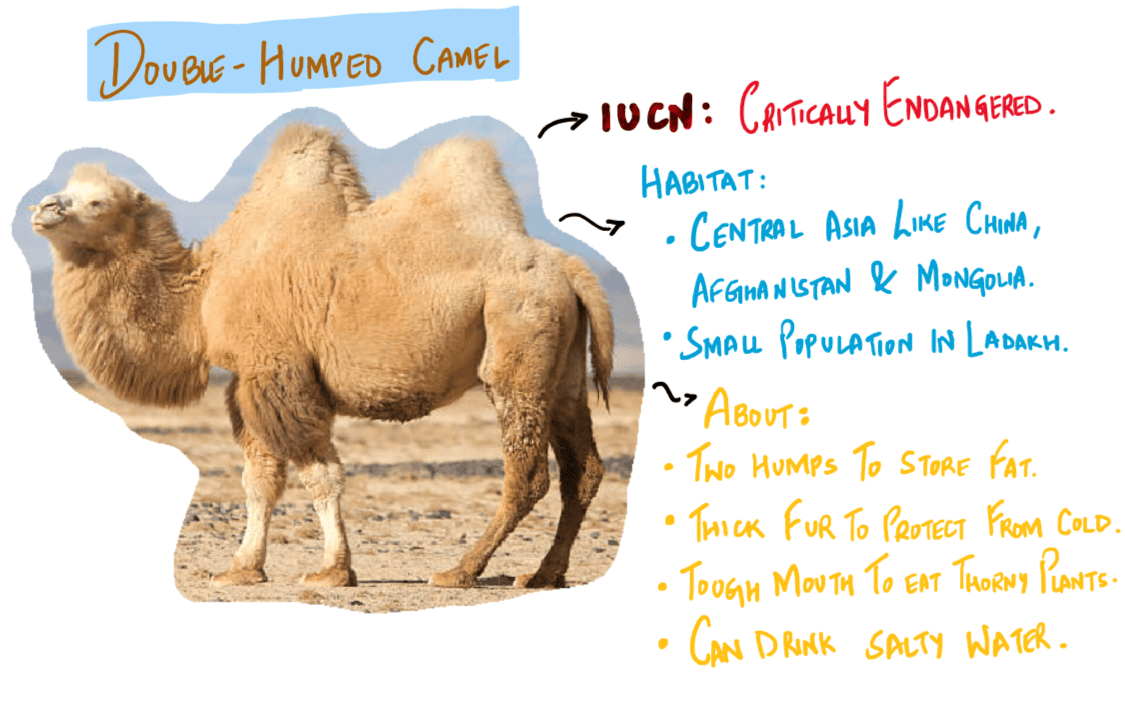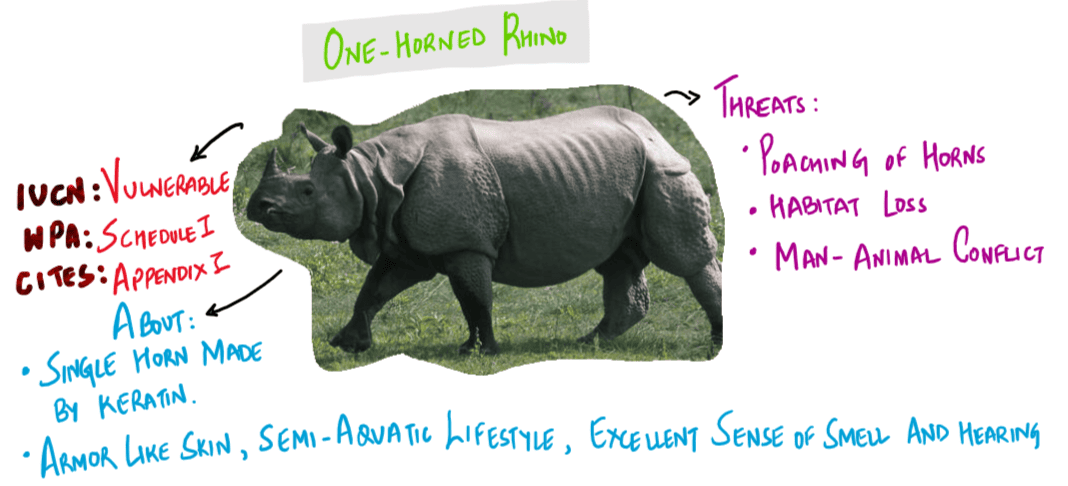UPSC Prelims 2019 Analysis
Subject wise MCQ distribution
- Economy had the highest number of questions (21), with a special focus on the banking sector, making it the most important subject.
- Environment & Ecology followed with 18 questions, highlighting its significance due to the Forest Service prelims merging with the Civil Services Prelims.
- Science & Technology was another key area, contributing 15 questions, with a major focus on biotechnology and related current affairs.
- Indian Polity remained crucial, featuring 13 questions.
- Modern History had a relatively lower weightage, with only 6 questions.

Difficulty analysis
- Medium Questions (45) formed the largest portion, requiring a blend of static and current knowledge with strong analytical abilities.
- Hard Questions (31) were conceptually tricky and usually lowered the cutoff. A strategic approach involved eliminating high-risk questions and attempting only those with certainty.
- Easy Questions (24) were straightforward and should have been attempted with maximum accuracy to gain easy marks.

Variations in Question framing
- The paper was evenly split between multi-statement and direct questions.
- Multi-statement questions held a slight majority, making the paper lengthy and increasing the risk of errors, as each statement had to be analyzed carefully.
- However, multi-statement questions also allowed for option elimination, enabling candidates to answer with limited information.

Key learning for Future Preparation
- Prioritize Key Subjects: Allocate more time to Polity, Economy, and Environment, as they consistently have higher weightage.
- Integrate Current Affairs: Link recent developments with syllabus topics for better retention.
- Develop Analytical Thinking: Focus on the why behind policies, events, and phenomena, rather than just memorizing facts.
- Revise Regularly: Reinforce concepts through periodic revisions and multiple mock tests.
- Master Multi-Statement Questions: Practice elimination techniques to improve accuracy in multi-statement questions.
- Practice PYQs: Understand important areas from the examiner’s perspective and familiarize yourself with option elimination techniques.
Subject-Wise Answer Key
QUESTION 1
Hard
Environment & Ecology
Prelims 2019
In India, ‘extended producer responsibility’ was introduced as an important feature in which of the following?
A. The Bio-medical Waste Management and Handling Rules, 1998
B. The Recycled Plastic Manufacturing and Usage Rules, 1999
C. The e-Waste Management and Handling Rules, 2011
D. The Food Safety and Standard Regulations, 2011
QUESTION 2
Medium
Environment & Ecology
Prelims 2019
Consider the following statements:
- Agricultural soils release nitrogen oxides into the environment.
- Cattle release ammonia into the environment.
- Poultry industry releases reactive nitrogen compounds into environment.
Which of the statements given above is/are correct?
A. 1 and 3 only
B. 2 and 3 only
C. 2 only
D. 1, 2 and 3
QUESTION 3
Medium
Environment & Ecology
Prelims 2019
In the context of proposals to the use of hydrogen-enriched CNG (H-CNG) as fuel for buses in public transport, consider the following statements :
- The main advantage of the use of H-CNG is the elimination of carbon monoxide emissions.
- H-CNG as fuel reduces carbon dioxide and hydrocarbon emissions.
- Hydrogen up to one-fifth by volume can be blended with CNG as fuel for buses.
- H-CNG makes the fuel less expensive than CNG.
Which of the statements given above is/are correct?
A. 1 only
B. 2 and 3 only
C. 4 only
D. 1, 2, 3 and 4
QUESTION 4
Hard
Environment & Ecology
Prelims 2019
Consider the following statements:
- As per law, the Compensatory Afforestation Fund Management and Planning Authority exists at both National and State levels.
- People’s participation is mandatory in the compensatory afforestation programmes carried out under the Compensatory Afforestation Fund Act, 2016.
Which of the statements given above is/are correct?
A. 1 only
B. 2 only
C. Both 1 and 2
D. Neither 1 nor 2
QUESTION 5
Medium
Environment & Ecology
Prelims 2019
As per the Solid Waste Management Rules, 2016 in India, which one of the following statements is correct?
A. Waste generator has to segregate waste into five categories.
B. The Rules are applicable to notified urban local bodies, notified towns and all industrial townships only.
C. The Rules provide for exact and elaborate criteria for the identification of sites for landfills and waste processing facilities.
D. It is mandatory on the part of waste generator that the waste generated in one district cannot be moved to another district.
QUESTION 6
Medium
Environment & Ecology
Prelims 2019
Which of the following are in Agasthyamala Biosphere Reserve?
A. Neyyar, Peppara and Shendurney Wildlife Sanctuaries; and Kalakad Mundanthurai Tiger Reserve
B. Mudumalai, Sathyamangalam and Wayanad Wildlife Sanctuaries; and Silent Valley National Park
C. Kaundinya, Gundla Brahmeswaram and Papikonda Wildlife Sanctuaries; and Mukurthi National Park
D. Kawal and Sri Venkateswara Wildlife Sanctuaries; and Nagarjunasagar-Srisailam Tiger Reserve
QUESTION 7
Easy
Environment & Ecology
Prelims 2019
In the context of which one of the following are the terms ‘pyrolysis and plasma gasification’ mentioned?
A. Extraction of rare earth elements
B. Natural gas extraction technologies
C. Hydrogen fuel-based automobiles
D. Waste-to-energy technologies
QUESTION 8
Easy
Environment & Ecology
Prelims 2019
Consider the following statements:
- Some species of turtles are herbivores.
- Some species of fish are herbivores.
- Some species of marine mammals are herbivores.
- Some species of snakes are viviparous.
Which of the statements given above are correct?
A. 1 and 3 only
B. 2, 3 and 4 only
C. 2 and 4 only
D. 1, 2, 3 and 4
QUESTION 9
Hard
Environment & Ecology
Prelims 2019
In India, the use of carbofuran, methyl parathion, phorate and triazophos is viewed with apprehension. These chemicals are used as
A. pesticides in agriculture
B. preservatives in processed foods
C. fruit-ripening agents
D. moisturising agents in cosmetics
QUESTION 10
Medium
Environment & Ecology
Prelims 2019
Which of the following statements are correct about the deposits of ‘methane hydrate’?
- Global warming might trigger the release of methane gas from these deposits.
- Large deposits of ‘methane hydrate’ are found in Arctic Tundra and under the seafloor.
- Methane in atmosphere oxidizes to carbon dioxide after a decade or two.
Select the correct answer using the code given below:
A. 1 and 2 only
B. 2 and 3 only
C. 1 and 3 only
D. 1, 2 and 3
QUESTION 11
Easy
Environment & Ecology
Prelims 2019
Why is there a great concern about the ‘microbeads’ that are released into the environment?
A. They are considered harmful to marine ecosystems.
B. They are considered to cause skin cancer in children.
C. They are small enough to be absorbed by crop plants in irrigated fields.
D. They are often found to be used as food adulterants.
QUESTION 12
Hard
Environment & Ecology
Prelims 2019
Which one of the following National Parks lies completely in the temperate alpine zone?
A. Manas National Park
B. Namdapha National Park
C. Neora Valley National Park
D. Valley of Flowers National Park
QUESTION 13
Hard
Environment & Ecology
Prelims 2019
Consider the following statements : The Environment Protection Act, 1986 empowers the Government of India to
- state the requirement of public participation in the process of environmental protection, and the Procedure and manner in which it sought
- lay down the standards for emission or discharge of environmental pollutants from various sources
Which of the statements given above is/are correct?
A. 1 only
B. 2 only
C. Both 1 and 2
D. Neither 1 nor 2
QUESTION 14
Hard
Environment & Ecology
Prelims 2019
Recently, there was a growing awareness in our country about the importance of Himalayan nettle (Girardinia diversifolia) because it is found to be a sustainable source of
A. anti-malarial drug
B. biodiesel
C. pulp for paper industry
D. textile fibre
QUESTION 15
Medium
Environment & Ecology
Prelims 2019
Consider the following:
- Carbon monoxide
- Methane
- Ozone
- Sulphur dioxide
Which of the above are released into the atmosphere due to the burning of crop/biomass residue?
A. 1 and 2 only
B. 2, 3 and 4 only
C. 1 and 4 only
D. 1, 2, 3 and 4
QUESTION 16
Hard
Environment & Ecology
Prelims 2019
Consider the following statements :
- Under the Ramsar Convention, it is mandatory on the part of the Government of India to protect and conserve all the wetlands in the territory of India.
- The Wetlands (Conservation and Management) Rules, 2010 were framed by the Government of India based on the recommendations of Ramsar Convention.
- The Wetlands (Conservation and Management) Rules, 2010 also encompass the drainage area or catchment regions of the wetlands as determined by the authority.
Which of the statements given above is/are correct?
A. 1 and 2 only
B. 2 and 3 only
C. 3 only
D. 1, 2 and 3
QUESTION 17
Medium
Environment & Ecology
Prelims 2019
Consider the following pairs:
| Wildlife Naturally | Found In |
|---|---|
| 1. Blue-finned Mahseer | Cauvery River |
| 2. Irrawaddy Dolphin | Chambal River |
| 3. Rusty-spotted Cat | Eastern Ghats |
Which of the pairs given above are correctly matched?
A. 1 and 2 only
B. 2 and 3 only
C. 1 and 3 only
D. 1, 2 and 3
QUESTION 18
Medium
Environment & Ecology
Prelims 2019
Consider the following statements
- Asiatic lion is naturally found in India only.
- Double-humped camel is naturally found in India only.
- One-horned rhinoceros is naturally found in India only.
Which of the statements given above is/are correct?
A. 1 only
B. 2 only
C. 1 and 3 only
D. 1, 2 and 3
